The world’s rapid transition to urbanization contributes greatly to the pressure on water, food security, and energy, as the World Water Week Workshop on Securing Water and Food in an Urbanising World explored. We cannot simply look at urbanization as an urban problem. As Pay Drechsel from the International Water Management Institute stressed in the seminar, urbanization has strong links to rural and peri-urban areas, as urban centers become sinks for both rural-borne water and nutrients.
The informal sector around many rapidly developing cities, such as Chennai, has entered into a highly lucrative business pumping tanks and aquifers dry and selling the water to cities. The water is transported by trucks, adding energy costs to cities’ water supply. Through this system, informal water markets supply cities with every drop of water they can get, quickly drying up peri-urban areas. While it requires significant infrastructure costs to redirect water sources from increasing distances towards cities, peri-urban areas are suffering as cities squeeze them dry of water resources.
However, a current case in Bangalore shows that this situation can be partially remediated. Peri-urban areas may be able to swap high quality freshwater satisfying city demand for drinking water with treated wastewater fit for agriculture.
But who really wants wastewater? In Bangalore, the win has apparently been huge. The city constructed a 20km channel that directs wastewater out of the city and into its peri-urban areas. Over time, these areas that had run dry for over a decade began to see water in their tanks and wells again. It turns out that the wastewater, while moving out from the city, underwent different self-cleaning processes, and eventually infiltrated the ground, trickling back into wells and replenishing drinking water in peri-urban communities. These so far unknown opportunities have already resulted in conflicts for a resource whose value was so far underestimated.
In the Western World, we typically pay to have our wastewater taken away. But as the case in Bangalore shows, wastewater can be a valuable commodity that peri-urban areas may consider paying for in the future. Pay Drechsel is leading a team of researchers to look into the “water-swap” business model, which was recently also promoted by FAO (in its Water Report 35), where peri-urban areas support urban centers’ water demand and accept treated wastewater in return for agricultural production. The team will also look into how much peri-urban areas might be willing to pay to have cities redirect safe wastewater into their communities.




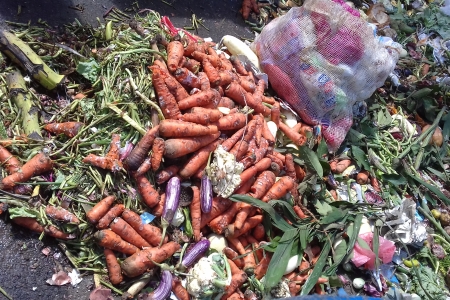



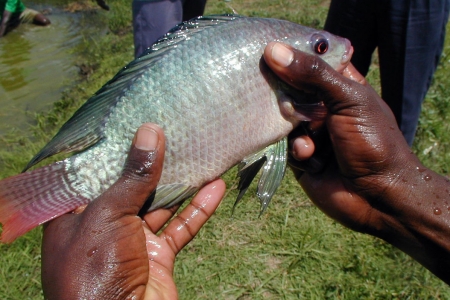
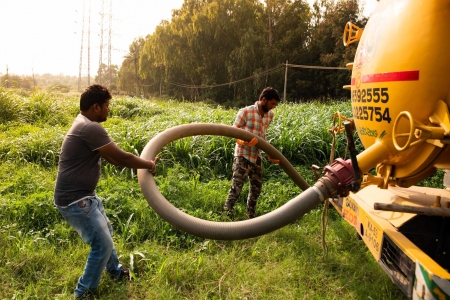
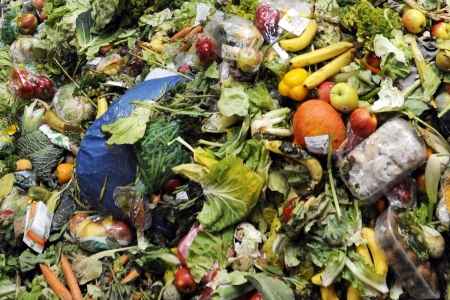

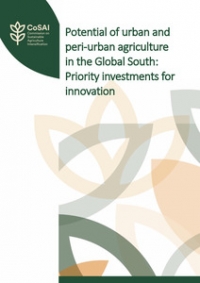
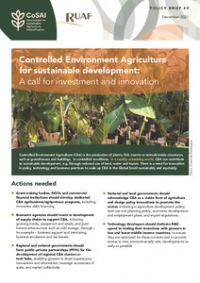
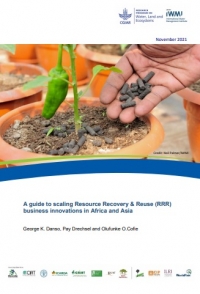
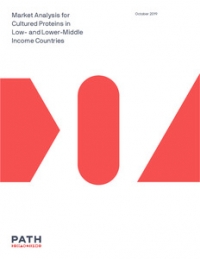
Comments
This system of taking wastewater out of the city in order to reuse the water for agriculture seems like a good system, especially if the water can be treated to a decent level and can be effectively transported from the city to the agricultural land. It is also important that these places outside the city receive water for agriculture in exchange for the fresh water that they can provide.
I wanted to share a bit about the unique water system in the place where I live, the Arava region in Southern Israel. In the Arava there is a particular distinction made between the types of water that are used for different purposes. In houses and buildings, there are 2 faucets: one for pure drinking water, and one that is for washing dishes, cleaning, etc. The purer drinking water is less abundant and more expensive and energy intensive to produce because of its higher level of desalination required. For this reason, drinking water only flows from special faucets, and out of the other faucets and in the toilets and coming from the hoses and showers, is water that is desalinated to a lesser degree.
Agriculture in the region, despite the fact that it is an extreme desert with only an average rainfall of 30 milimeters per year, can be water intensive. However, most of the agriculture uses water that is processed to a lesser degree, and grey water can also be used in some places. Besides processing water to different salinities, extensive research is done on which crops and variations of crops can succeed in the region- particularly with less water, higher salinity water, and under extreme desert conditions. Dates and Peppers are among the main crops in the region.
The Arava region is also doing much research on solar energy, though several types of solar fields, and sustainable building structures (particularly those well suited for desert climates), in addition to an interesting water system in the very arid region. Some notable centers for environmental research in southern Israel are:
*The Arava Institute at Kibbutz Ketura https://www.arava.org/
*The center for creative ecology at Kibbutz Lotan https://www.kibbutzlotan.com/creativeEcology/ga/index.htm
*The Environmental field school, Midreshet Sde Boker https://www.boker.org.il/english/
There are also a number of sustainable communities in the region such as: Kibbutz Lotan, Kibbutz Ketura, Kibbutz Samar, Kibbutz Naot Smadar, Shacharut, and Zukim.
Great information and reference! Abby I hope you keep writing more blogs like this one. Well put Abby.
Good blog post, though some problems with this "water swap" exist. In this particular case in Bangalore, the water received no kind of treatment and no water testing was done so adverse developments in future are to expected. The initial plan was to led the waste water through an open rivulet but over time they decided to dig a pipe and transfer the water through there. So natural cleaning was not really happening. But nevertheless, the impact and the perceptions about this project were very positive. People were not allowed to take the water directly out of the tank but the main idea was the recharge of the tubewells in the area. And it worked. Farmers I talked to were quite happy with the project and started cultivating cash crops giving them much more money. But not only farmers benefited. People came from far away to get fodder from the area, specially during summer when the whole area goes dry.
Conflicts also involved different villages opening the pipe illegally because in their views their tanks needed water, too.
The whole idea is great though. But it needs a lot of planning, stakeholder discussions and ongoing control measurements which were all not in place in that Bangalore project. But we could take it and the lessons we learned to make it work at another project site.